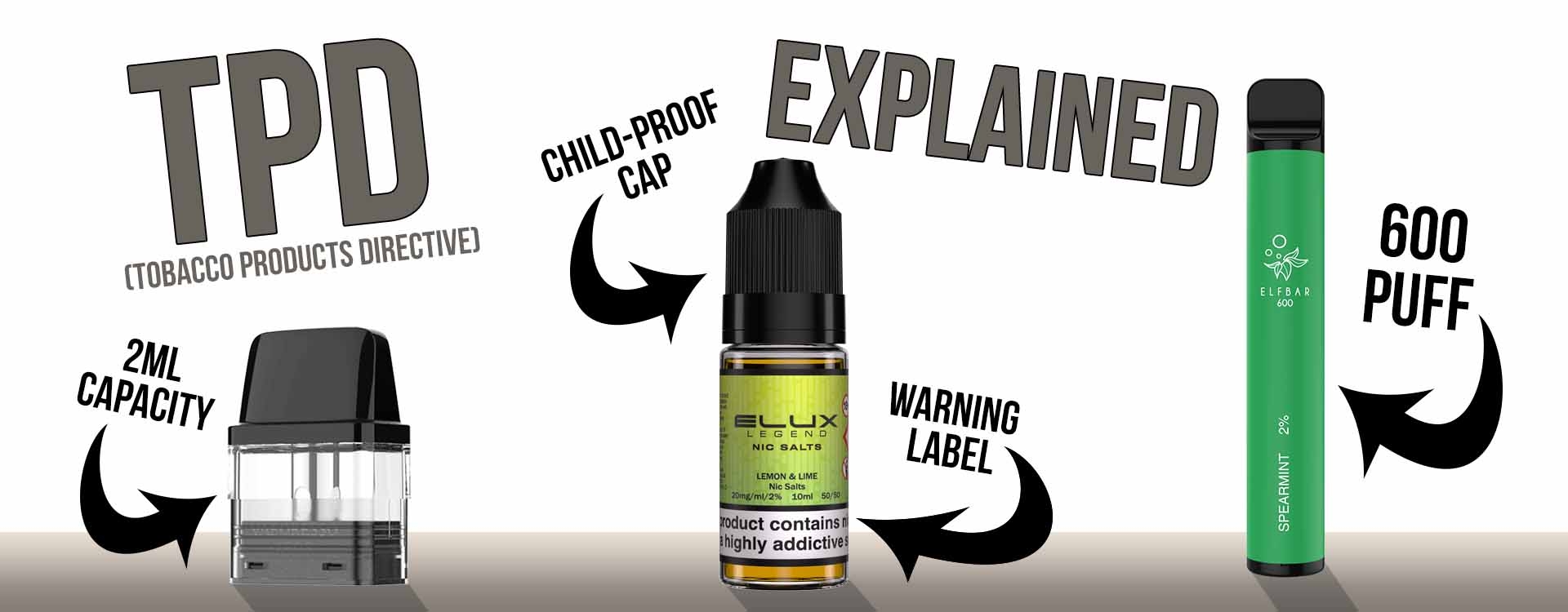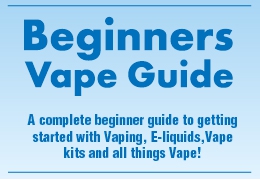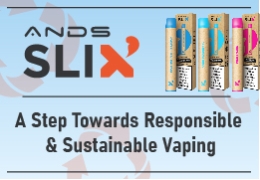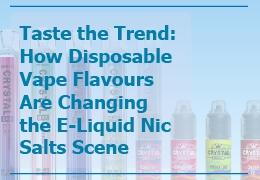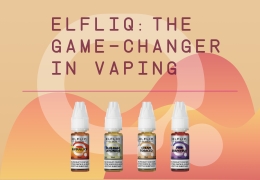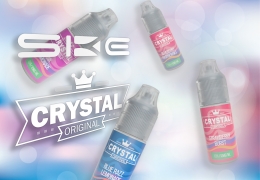Introduction
The Tobacco Products Directive (TPD) is a critical piece of legislation governing the sale, marketing, and production of tobacco and related products within the European Union. Since its implementation in 2016, the TPD has had a significant impact on the vaping industry, shaping the way vape products are manufactured, marketed, and sold. This article will help you understand the key provisions of the TPD and how they affect vapers, retailers, and manufacturers.
What is the Tobacco Products Directive (TPD)?
The TPD is a set of regulations designed to improve public health by reducing the number of people who smoke and use tobacco-related products. It covers a wide range of products, including cigarettes, roll-your-own tobacco, and electronic cigarettes (e-cigarettes). For the vaping community, the TPD has introduced specific rules to ensure product safety and quality.
Key Provisions of the TPD for Vaping Products
- E-Liquid Restrictions
- Nicotine Strength: The TPD limits the maximum nicotine strength of e-liquids to 20 mg/mL. Nicotine concentrations above this level are considered potentially dangerous, and beyond the amount of nicotine provided by traditional cigarettes.
- Bottle Size: E-liquids containing nicotine can only be sold in bottles with a maximum capacity of 10mL. This regulation helps reduce the risk of accidental ingestion and promotes safer use of vaping products.
- Ingredients: The TPD bans certain ingredients in e-liquids, such as colourings, caffeine, and taurine, which are believed to potentially increase the addictiveness and attractiveness of the product while also raising safety concerns.
- Product Safety and Quality
- Child-Resistant Packaging: All e-liquids containing nicotine must be sold in child-resistant and tamper-evident packaging. This is to prevent accidental exposure to nicotine, especially among children.
- Notification Requirements: Manufacturers must notify the relevant authorities about any new vaping products six months before they are intended to be sold. This includes providing detailed information about the product's ingredients, emissions, and manufacturing process.
- Health Warnings and Information
- Labelling: Vape products must include health warnings on their packaging. The warning must cover 30% of the front and back surfaces of the pack and include the message: "This product contains nicotine which is a highly addictive substance."
- Leaflets: Each product must come with an information leaflet that provides instructions for use, information on addictiveness, and potential health risks.
- Advertising Restrictions
- The TPD imposes strict limits on the advertising of vape products. This includes a ban on advertising in media with cross-border effects, such as TV, radio, and online platforms. These restrictions aim to prevent the promotion of vaping to non-smokers and minors.
How Does the TPD Affect You?
- For Vapers:
- Product Availability: The TPD ensures that the vaping products available on the market meet certain safety and quality standards. This means you can trust that the products you purchase from reputable suppliers like UK Vape Scene are less likely to pose health risks.
- Choice Limitations: Some vapers may find the restrictions on nicotine strength and bottle sizes limiting, especially those who prefer higher nicotine concentrations or larger bottles.
- For Retailers:
- Compliance: Retailers must ensure that all products they sell comply with the TPD regulations. This includes checking that products are properly labelled and come with the required health warnings and information leaflets.
- Marketing Limitations: Retailers need to navigate the advertising restrictions carefully to avoid penalties. This means focusing more on in-store promotions and direct customer engagement.
- For Manufacturers:
- Regulatory Burden: Manufacturers face a significant regulatory burden in complying with the TPD. This includes conducting emissions testing, ensuring packaging meets safety standards, and submitting detailed product notifications.
- Innovation: The TPD can arguably limit the scope of innovation, as new products must meet stringent requirements before they can be introduced to the market.
Conclusion
The Tobacco Products Directive brought about major changes in the vaping industry, aiming to protect public health while allowing adult smokers access to safer products. By understanding the TPD's provisions, vapers, retailers, and manufacturers can navigate the regulatory landscape more effectively, ensuring compliance and continuing to provide high-quality vaping products.
Staying informed about these regulations not only helps in compliance but also empowers consumers to make safer and more informed choices. Whether you're a vaper, retailer, or manufacturer, keeping up with the TPD is crucial for the ongoing success and safety of the vaping community. Rest assured, UK Vape Scene is committed to providing TPD-compliant products that meet the highest standards of quality and safety.
Written by Jakub.O
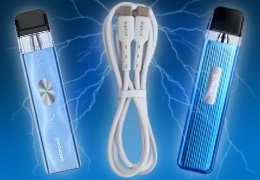 What Are All Your Best Options For Vaping Chargers?Read more
What Are All Your Best Options For Vaping Chargers?Read more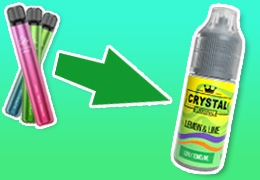 How To Adjust To The Upcoming Single Use Vape Ban21st February 2025Posted in: Guides & News0 LikesRead more
How To Adjust To The Upcoming Single Use Vape Ban21st February 2025Posted in: Guides & News0 LikesRead more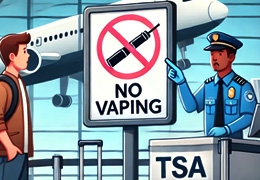 Can you take vapes on a plane in 2025? | UK Vape Scene Official Blog17th February 2025Posted in: Guides & News0 LikesRead more
Can you take vapes on a plane in 2025? | UK Vape Scene Official Blog17th February 2025Posted in: Guides & News0 LikesRead more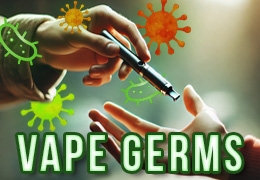 Sharing’s Caring Unless It’s With Your Vape! | UK Vape Scene31st January 2025Posted in: Guides & News0 LikesRead more
Sharing’s Caring Unless It’s With Your Vape! | UK Vape Scene31st January 2025Posted in: Guides & News0 LikesRead more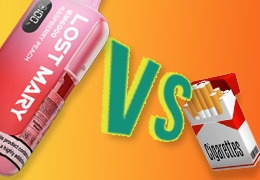 Is Vaping Better Than Smoking? | UK Vape Scene Official Blog29th January 2025Posted in: Guides & News0 LikesRead more
Is Vaping Better Than Smoking? | UK Vape Scene Official Blog29th January 2025Posted in: Guides & News0 LikesRead more
